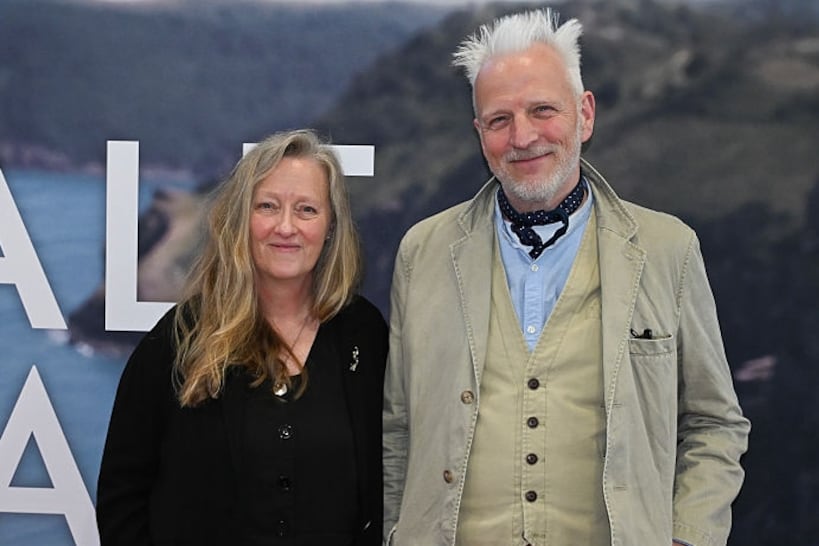Ireland’s first satellite, EIRSAT-1, is due to launch into orbit later this week. The “cubesat” satellite is smaller than a typical shoebox, and is set to be launched aboard the Falcon 9 SpaceX rocket at a location in California.
“This is a first for Ireland, we are about to become a spacefaring nation,” said Dr David McKeown of UCD School of Mechanical and Materials Engineering.
“The launch makes a statement about Ireland’s space technology capabilities, and how we can join other small countries in contributing to the fast-growing global space industry,” he said.
The cube satellite was designed, built and tested at UCD with support from the European Space Agency’s “Fly your Satellite!” student programme, and the mood among the team is a mix of optimism and nerves, said Dr McKeown, who is in California for the launch.
READ MORE
“We have spent six years planning, building and testing the satellite and I think we are now as ready as we could be,” he said.
Assuming all goes well with the launch and EIRSAT-1 is deployed into orbit, the team will have an excited wait on Earth for a signal that all is well.
“Once the satellite it is deployed from the rocket, 45 minutes later the antennas will deploy and start transmitting,” said Dr McKeown, who is engineering manager of the EIRSAT-1 team.
“Approximately two hours later it will first pass over our ground station in UCD and we have the possibility to receive our first signals from the satellite. We call this acquisition of signal or AoS,” he said.
In low-Earth orbit, the satellite is designed to gather information about luminous explosions in the universe called gamma-ray bursts. It will also test a new attitude control system designed by UCD engineers and assess thermal coating samples at the top of the satellite.
And if the launch and deployment do not go to plan? All is not lost, according to McKeown. “Getting the satellite to the launch pad has been a massive success in itself,” he said. “More than 50 PhD students have worked on the project, which has been a unique educational experience. Our capabilities around satellite design, testing and verification have grown from almost zero to being able to produce flight-qualified hardware.”
The EIRSAT-1 project has received support from the ESA Education Office, Science Foundation Ireland, the Irish Research Council, Enterprise Ireland, UCD, Openet, the Department of Enterprise, Trade and Employment and the Irish European Space Education Resource Office.
- Find The Irish Times on WhatsApp and stay up to date












